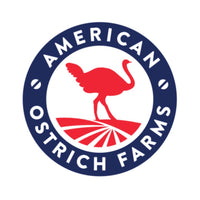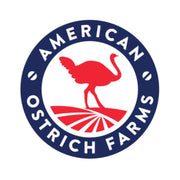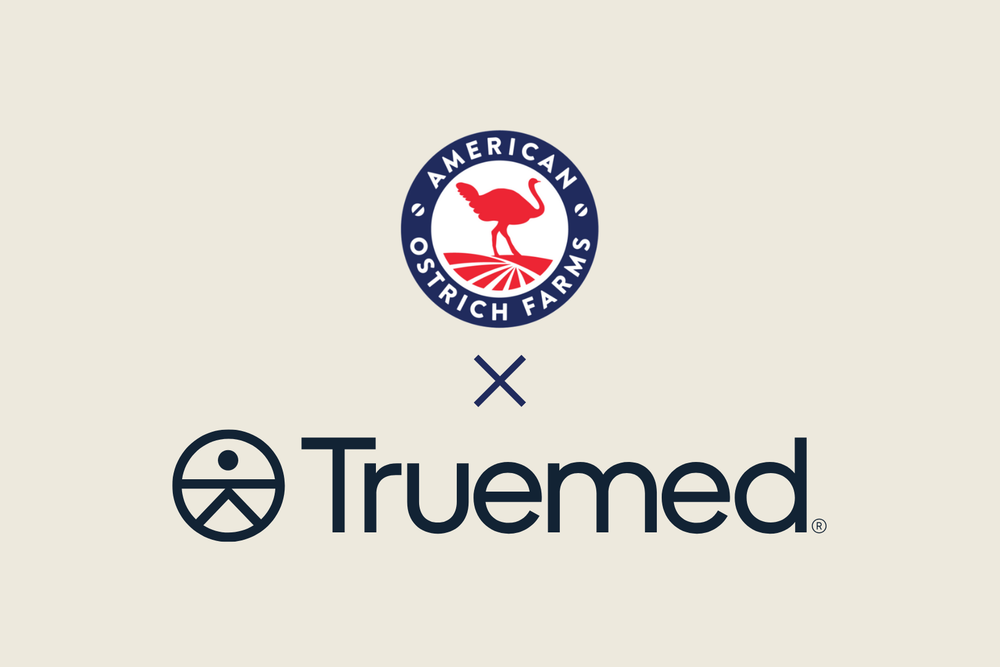With an uptick (pun intended) in tick-induced Alpha Gal Syndrome diagnoses in the US, and tick season around the corner, we thought we'd address some basics about the condition sometimes referred to as the "red meat allergy" (more on that later).
WHEN WAS ALPHA-GAL SYNDROME FIRST DISCOVERED?

Alpha Gal Syndrome (AGS) was first discovered in 2009. This was a few years after a new cancer drug, Cetuximab, ended up causing allergic reactions in certain people, even though it contained no known allergens. Upon further investigation, medical researchers identified other patients in the general population who were never administered Cetuximab, but who also demonstrated an allergic reaction in the absence of a known allergen exposure.
What did these patients have in common? Almost all of the patients in the general population indicated they had become ill after consuming certain red meats, like beef, pork, and lamb. Those patients, as well as the ones who suffered reactions to Cetuximab, all also reported having gotten one or more tick bites. After much research, testing, and diagnostics, it was found that the patients who reacted to Cetuximab had reacted to an ingredient in the cancer drug, galactose-alpha-1,3-galactose, a sugar molecule also known as alpha-gal. Alpha-gal also happens to be present in the tissues of all mammals, with the exception of some primates and humans. In other words, alpha-gal is found in many of the meats commonly eaten in the developed world. By putting the pieces together, it became clear that an allergic reaction to alpha-gal was possible, and that tick bites had something to do with the development of 'the mammalian meat allergy.'
WHAT CAUSES ALPHA-GAL SYNDROME?
Scientists have been able to document a correlation between the bite of the Lone Star tick (the primary vector in the United States, though other ticks, both domestically and abroad, can cause AGS) and development of an allergy to the alpha-gal molecule. When a tick attaches, it introduces the alpha-gal molecule into the person's bloodstream. This exposure can sensitize a person to alpha-gal and cause the development of enough antibodies to create an allergic reaction. It is important to note that not every Lone Star tick bite will induce AGS and, even among those who have developed alpha-gal antibodies following bites, not all will demonstrate an allergic reaction to mammalian meats or other sources of the alpha-gal molecule.

IS ALPHA-GAL A COMMON ALLERGY?
AGS is on the rise. Between 2009 and 2019, documented cases have risen from 12 to over 34,000. Like many other tick-borne diseases, there is a higher incidence of AGS in the regions where the primary vector - the Lone Star tick - is prevalent. The Lone Star tick's range is centered in the southeastern United States, where up to 20% of the population produces alpha-gal antibodies and up to 3% of certain populations have AGS. The Lone Star tick's range is growing, and cases of AGS are becoming more common in the northeastern and western states. It is likely that many cases of AGS are unreported or misdiagnosed.
IS THERE A CURE FOR ALPHA-GAL?
At present, there is no known cure for Alpha Gal Syndrome, though some patients find that over time, and in the absence of subsequent tick bites, they are able to tolerate alpha-gal containing foods again. Health experts advise those with the allergy to galactose-alpha-1,3-galactose to avoid consumption of all mammalian meats and products containing mammalian by-products, such as milk, cheese, gelatin, natural sausage casing, and even certain medications.

WHAT CAN I DO TO PREVENT ALPHA-GAL SYNDROME?
Due to AGS being transmitted via the saliva of the Lone Star Tick, avoid grassy, brushy and wooded areas where these ticks may be found. Prior to spending time outdoors during tick season, treat clothing and gear with insect repellent that is effective against ticks. After coming indoors, check your clothing for ticks, shower and perform a thorough inspection. If you see an attached tick, remove it immediately and watch for signs of a reaction to the bite itself. Take additional steps to prevent ticks on your pets and in your yard, by clearing away excess brush, for example.
WHAT CAN'T I EAT WITH ALPHA-GAL?
The main thing experts advise against consuming once you’ve received your AGS diagnosis are mammalian meats, organs, blood, dairy products, gelatin, and other foods derived from mammals. Be aware that many products contain mammalian byproducts, including certain medications and vaccines, personal care products, and select household products. Always be sure to double check with your doctor and read labels when trying out new foods.
WHAT CAN I EAT WITH ALPHA-GAL?

Developing an allergy to mammalian meats such as pork, beef, venison and lamb, can feel devastating to self-described carnivores. Thankfully, there are plenty of animal proteins that don't contain alpha-gal. Meat sourced from birds, reptiles, fish, and amphibians can be eaten by those with AGS, including chicken, turkey, duck, and fish. Exotic meats are becoming more readily available in many markets (& they can also be ordered online), such as alligator, quail, frog legs, ostrich, and emu. It may be helpful to think of an AGS diagnosis as a ticket to more adventurous eating.
IS ALPHA-GAL A RED MEAT ALLERGY?
While AGS is often described as a red meat allergy, it is more accurately described as a mammalian meat allergy. This misnomer is problematic, leading many with AGS - as well as the medical professionals providing diagnostic and management services - to falsely assume that their allergy extends to non-mammalian red meats, such as ostrich, emu, and other ratites. Additionally, and of greater concern, is that patients with AGS may assume that they can safely consume mammalian meats that, in culinary terms, are considered white, such as rabbit, veal, and pork, or non-meat products that contain the alpha-gal molecule, including cow’s milk and gelatin.

THE OTHER RED MEAT
Unlike other poultry, ratite meat shares several of the biochemical characteristics of beef and is categorized as a true red meat by the USDA. Ostrich meat looks and tastes similar to beef, and can even be prepared the same way. This is due to the high concentration of myoglobin in the muscle tissue, as well as the pH of the flesh, which makes it more resistant to microbial growth (hence, it can be eaten rare).
A portion of our customers have AGS and discover our products months or years after receiving their diagnosis. When they do, they are thrilled to be able to safely enjoy red meat again, and commonly state they wish they’d known sooner that the option was available. So, remember, if you or a loved one is diagnosed with a mammalian meat allergy, it’s not the end of the world. You can still eat red meat from American Ostrich Farms!






